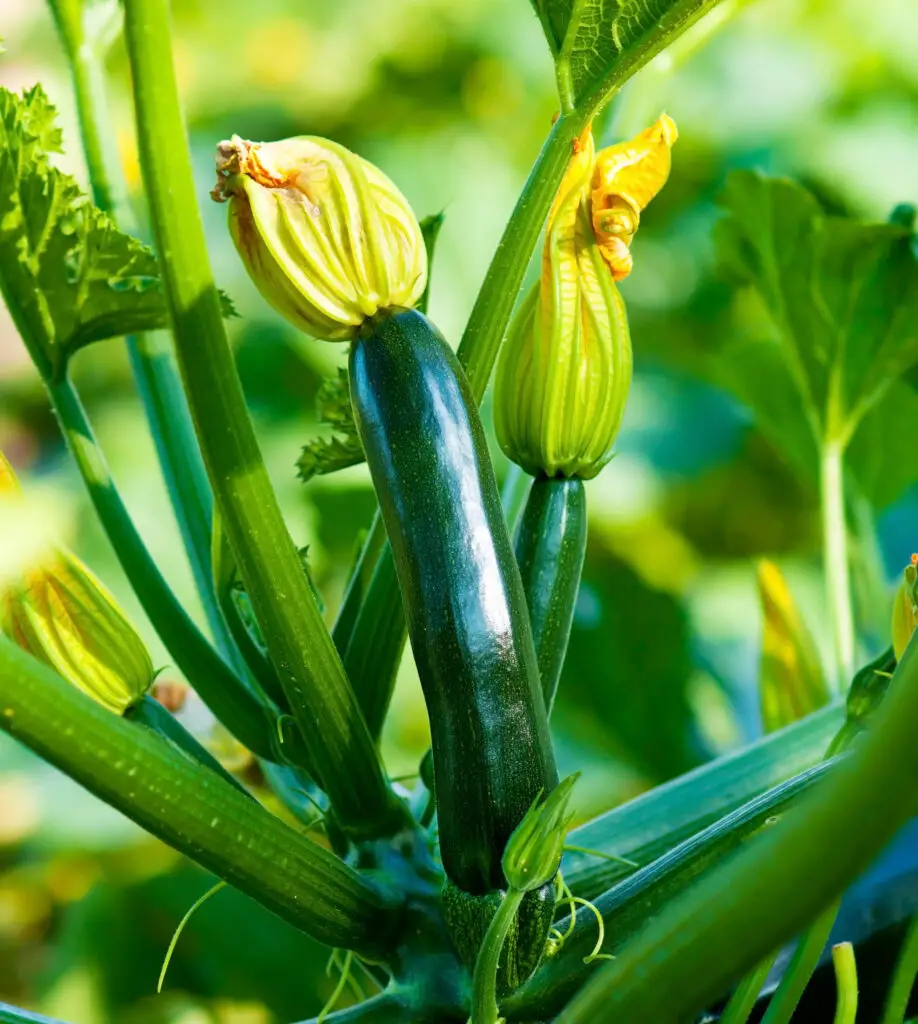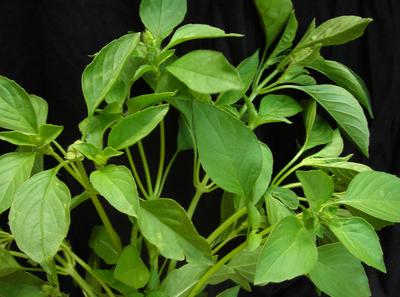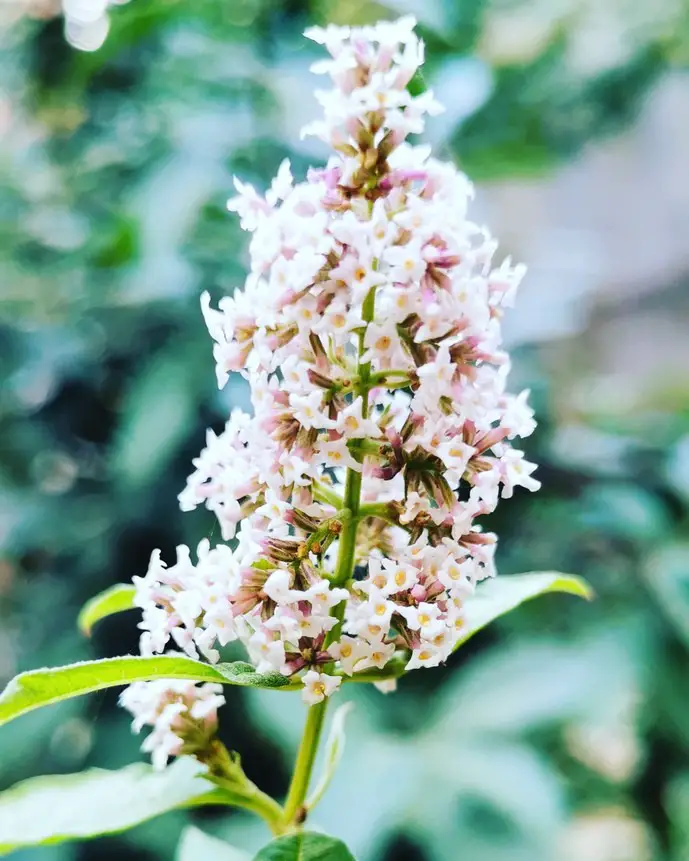We need to prune our gardenia to maintain its beauty. There are different ways to prune gardenia, however; the results depend on your pruning techniques.
You do not have to worry! In this article, I will introduce to you all the tricks and tips on how to prune gardenia with the best outcome.
Table of Content
- Why you should prune your gardenia
- When to prune gardenia.
- How to prune gardenia.
- Additional Tips to prevent you from failing to prune your gardenia
Why You should prune gardenia
One of the main reasons why pruning gardenia is important is to get rid of the dead stems, leaves, and flowers. That is so the plant wouldn’t spend extra energy on them and focus only on the new fresh ones.
Another important reason why you should prune gardenia is to prevent it from diseases and promote healthy growth.
Other reasons to prune gardenia:
- To promote better ventilation for the plant stems and allow the light to penetrate through the entire plant.
- To get rid of damaged; broken, dry branches, dry leaves, and dry flowers that may contain parasites.
- To grow more flowers.
- To deepen the plant’s color.
- To help the plant to grow faster.
All these can be a result of proper pruning.
When to Prune gardenia
Generally, the best time to prune your gardenia is early spring, before the plant comes back to life again. Of course, you need to make sure that the frost season is completely over in order to avoid any potential damage to your beloved gardenia.
To be more precise, start pruning your plant when the temperature reaches around 60 degrees Fahrenheit (15 degrees Celcius).
When you prune at this time, the sap loss reduces and wounds begin to heal faster as it continues to grow and bloom.
I must conclude areas where winters are warm, you can prune your gardenia in fall. But you have to know that pruning is done only once a year, so make sure to prune your plants during the same time period you pruned before.
Note
Gardenia plants can be pruned any time of the year as long as they are not exposed to very low temperatures.
Related article: When and How to Prune Citrus Trees
how to prune gardenia
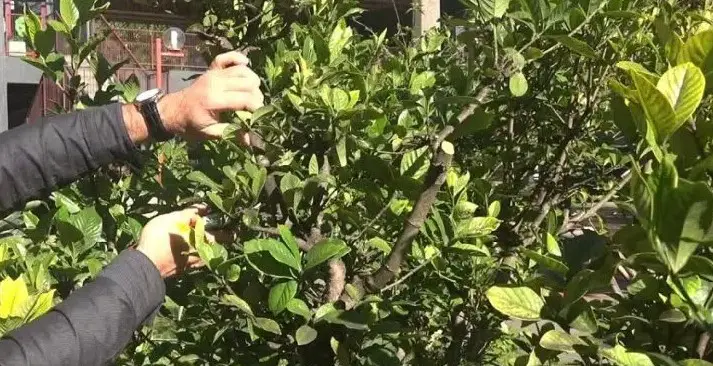
Well, as a start, you’ll need:
- A good sharp pair of scissors.
- Then the next step would be to sanitize them with some pharmacy alcohol.
- Wear gloves for protection.
Now that you’re all set, you need to know that there are different types of pruning, depending on what you want to see as a result.
1. Maintenance pruning
The purpose of maintenance pruning is to allow space for new healthy shoots to grow and remove old bad stems from the plant. This type of pruning is done in combination with other maintenance tasks throughout the year.
Here are the steps of maintenance pruning:
- Look for the small shoots, less than 5 cm long, between the first leaf and the main stem
- Cut off the shoots as close as possible to the main stem without damaging it.
- Cut the branches at an angle so there will be no chance for water to accumulate between branches and cause rotting. That is in case of spraying it with water or during rainy days.
After those steps are done, cut off the followings:
- Withered, dried, or diseased stems, leaves, and flowers.
- Long shoots emerging from the plant’s feet if they are weak or have grown in a bad place. Or simply you’re not interested in those stems growing.
- Crossed branches, misdirected or tangled bushes.
2. Flowering Pruning
Flowering pruning is annual. Generally, it is done in late winter or early spring to make gardenia bloom more and shouts its beauty louder.
Here is its process:
- When the frost season is over and the temperature rises a bit, prune your plant.
- Since the buds that have already bloomed will not bloom again, cut them off to allow new buds to grow.
- Do not remove the stems that have not bloomed as they will bloom next year.
- And most importantly, keep in mind that the main two factors that help gardenia to bloom are humidity and sufficient light.
3. Rejuvenating Pruning
This technic is used to remove dry, damaged, and useless parts of the plant. Rejuvenating pruning allows us to clean the plant and encourage it to grow new shoots and sprout even healthier.
Rejuvenating pruning is done before the flowering period starts. But you can also do it gradually in separate periods. Here are the two types of rejuvenating pruning:
- Drastic rejuvenating pruning: This is when we prune the entire plant to the ground. However, this can be done only if the specimen is strong enough to support it while fertilizing and watering the plant regularly.
- Progressive rejuvenating pruning: In this case, we only remove 50% of the branches. The remaining branches are cut only in half lengthwise.
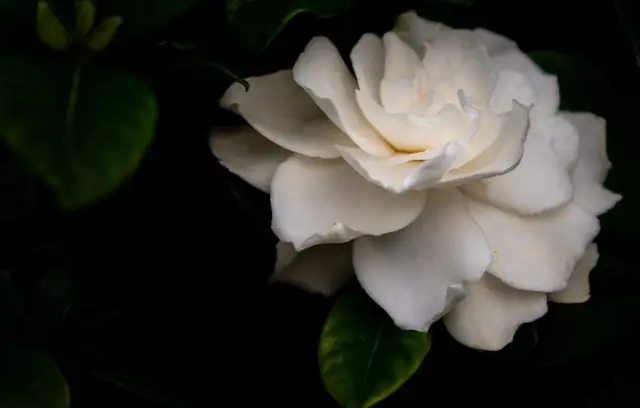
Related article: How to Make Hibiscus Plant Bloom Longer- All Tips & Tricks
Additional Tips To prevent you from failing to prune your gardenia
When pruning, if you cut it in the middle of the branch, it may wither from that part, so be sure to cut it leaving a few leaves on the branch.
Hard pruning causes great damage to the tree. Additionally, hard pruning can also cause flowers not to bloom. If the shape of the gardenia tree is not so disturbed, thinning pruning may be sufficient
If you found this information helpful, you’re more than welcome to join our weekly newsletter. You can also follow us on our social platforms for more gardening tips:

